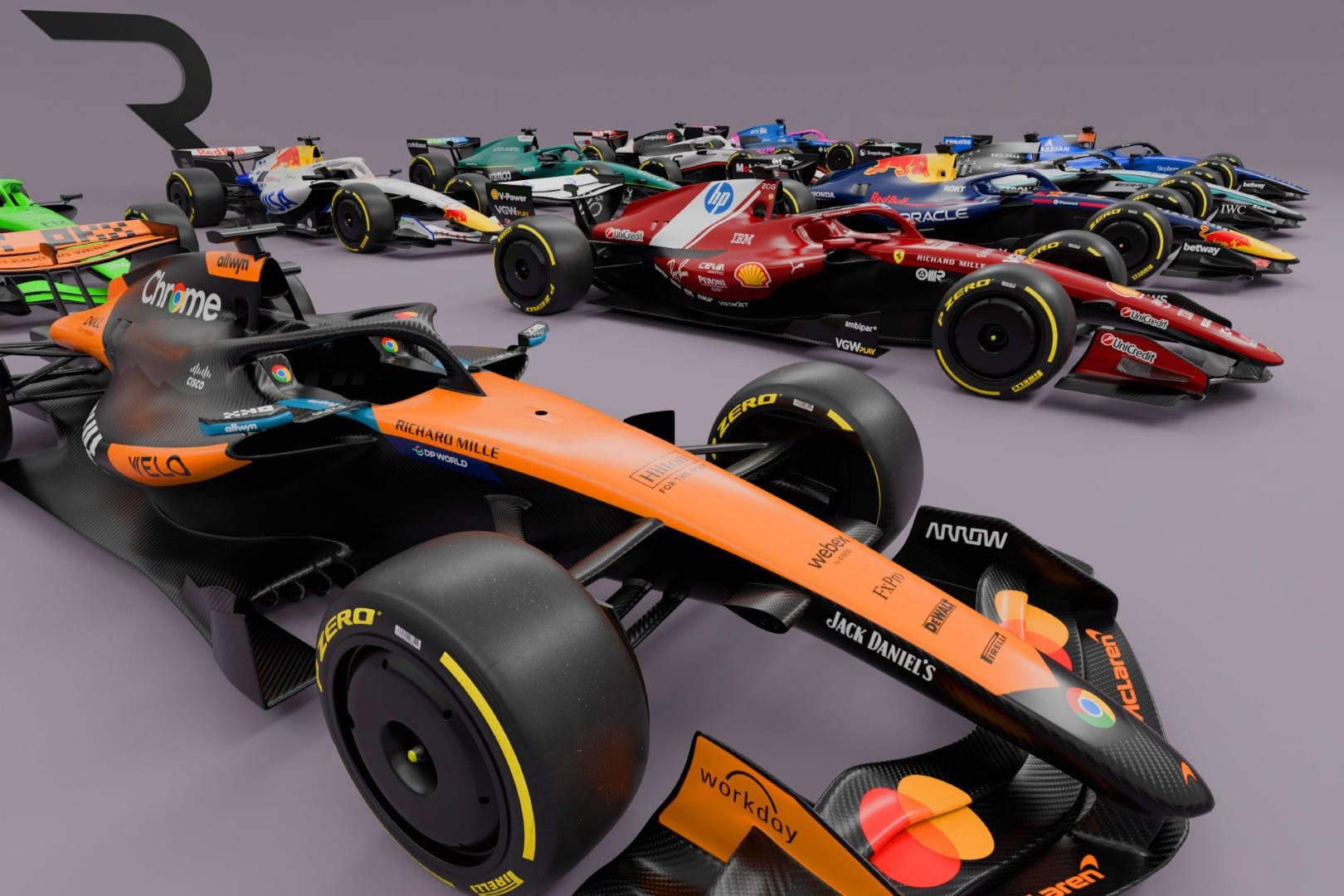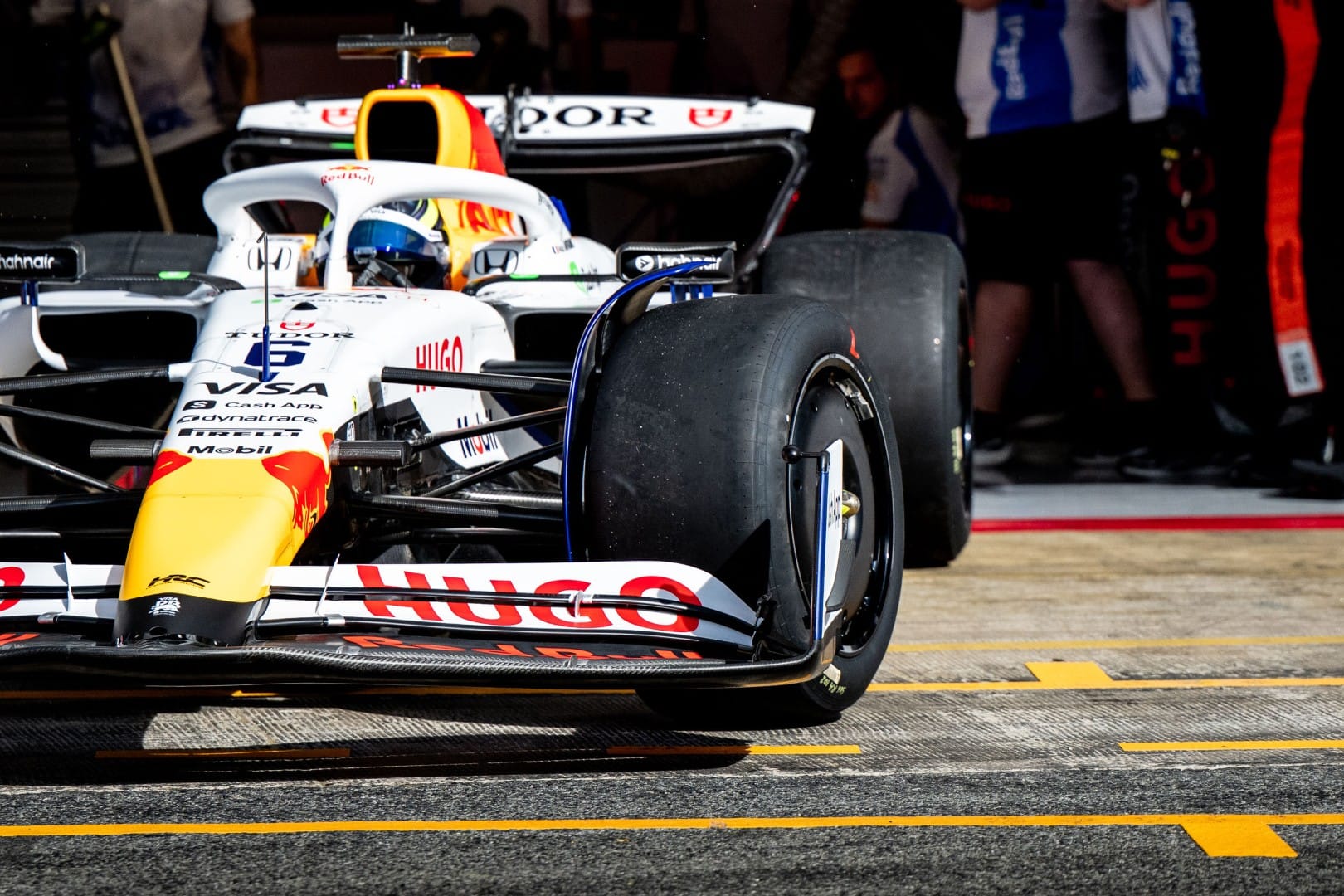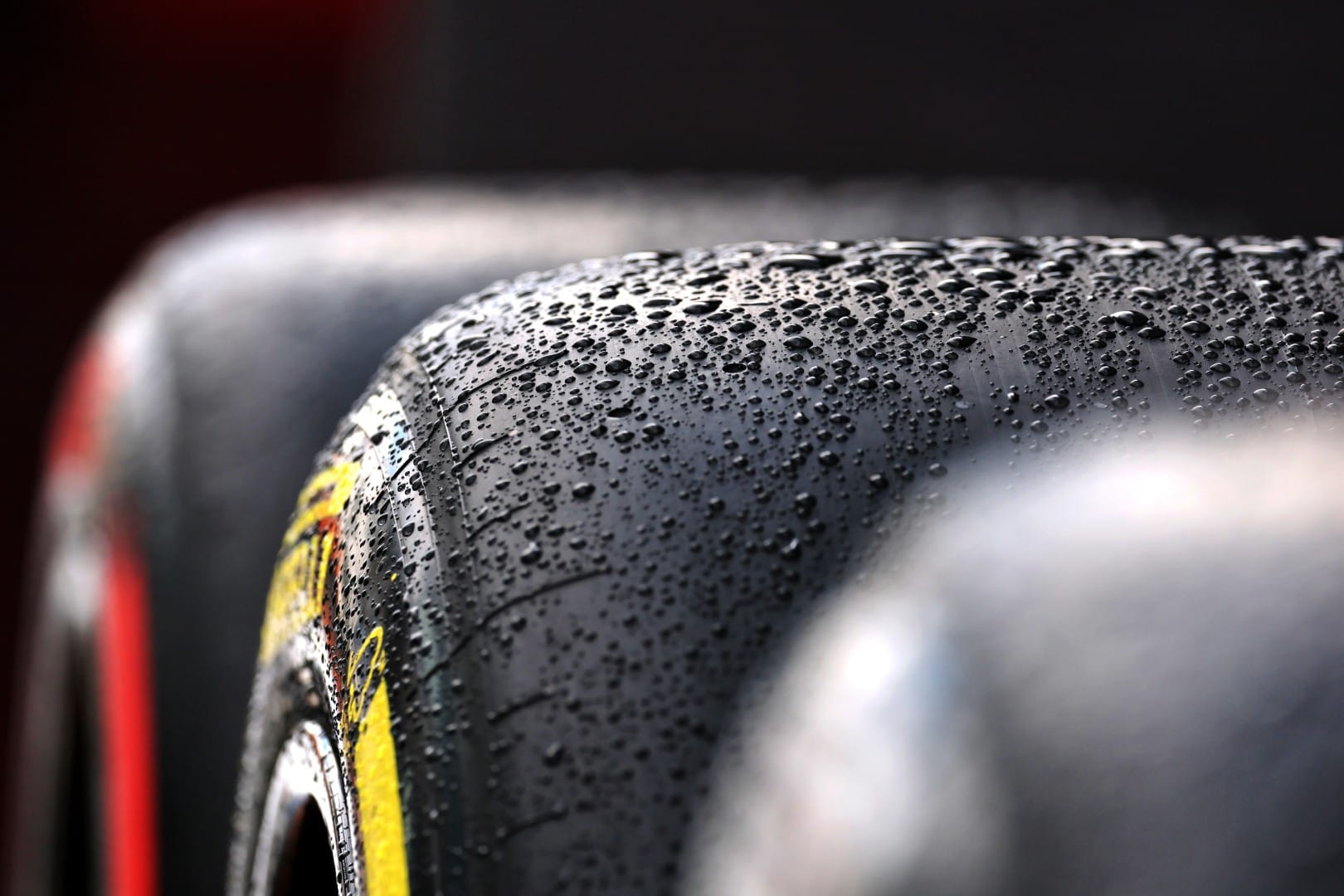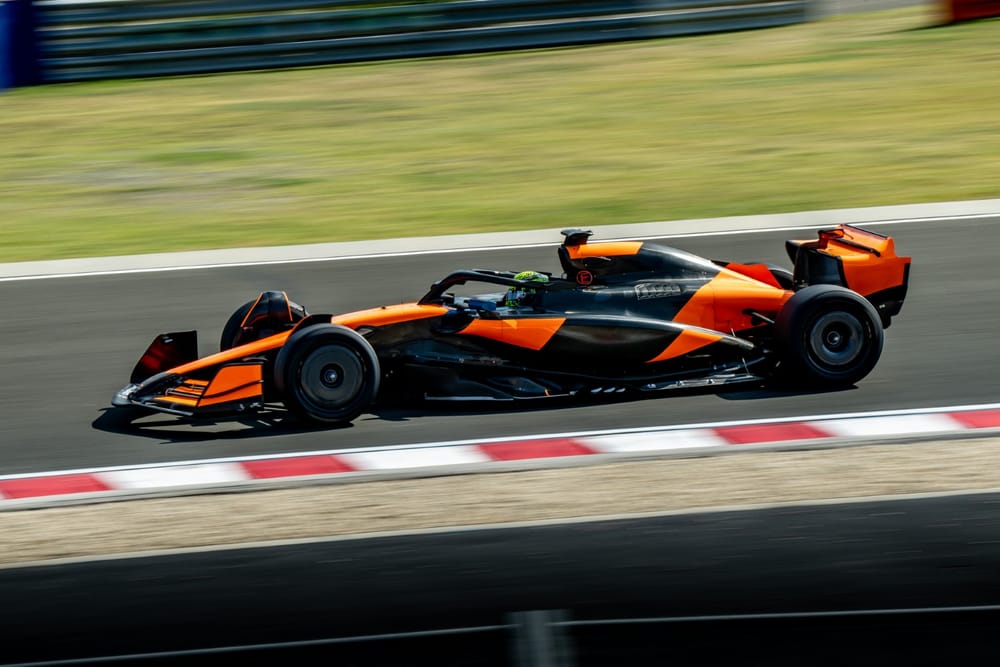Intrigue about wildly different designs across the Formula 1 grid next year has ramped up, with Pirelli revealing it is receiving varied predictions from teams about 2026 performance levels.
The Race revealed recently that there already appear to be contrasting approaches to brake designs with the all-new cars.
Now, it has emerged that F1 tyre supplier Pirelli has encountered a variance in simulation data it is being fed by teams about where their 2026 designs are expected to be.
As well as there being differences in downforce levels of up to 30%, it is understood that laptime predictions are falling within a four-second range.

Speaking at the Hungarian Grand Prix, Pirelli chief engineer Simone Berra said: “The teams are obviously helping us a lot and providing us with simulations.
“But sometimes they have a different overview of what is the result of their simulation.
“Sometimes they have different loads compared to what is the target of the FIA, so it's also difficult for us to understand which is then the real situation for the 2026 cars.”
The situation surrounding the predictions for loads and speeds could be further complicated by the brake variety, too – as if teams start relying more on energy harvesting rather than braking to slow the cars down that could impact tyre temperature cycles a lot.
Berra said a lot of work was going on right now to better understand how different the approaches were going to be.

“We are exchanging information with the teams to try to understand which kind of temperatures we are going to see on the tyres,” said Berra.
“I'm pretty sure that we will see a lot of differences in how the teams will try to manage the temperatures of the two axles.
“There is no convergence in terms of simulations in temperatures but, as I mentioned before, also in terms of loads. So we need to understand who is closer to the reality and who is not.
“Because, when you see differences of 20% or 30% in loads, then you ask yourself, which is the correct one?
“Obviously we are considering the worst-case scenario at the moment, because we have to be covered in case of some loads.

“Then we will try to check during the season and try to have a proper evaluation.”
Pirelli has been testing extensively with mule cars supplied by teams to prepare rubber for the all-new regulations that are coming into play next year – with the most recent test taking place after the Hungarian Grand Prix.
The conflicting data from teams comes ahead of a September 1 deadline by which Pirelli has to submit its construction for the 2026 rubber.
That specification is then fixed for the entire campaign, unless there is either unanimous support from the F1 Commission for a modification or a need on safety grounds for a change to be ordered by the FIA.
Pirelli said that the start of next year would be critical to get a clearer picture of how the 2026 cars behave so it can then make any design shifts needed for the following campaign.

Berra added: “It will be crucial to collect enough information in the first events next year, because then we have the development path for 2027 that is starting quite soon in the season.
“So we can start to go in the right direction if something has to be changed for the future.”
While the tyre construction needs to be fixed by next week, Pirelli has until December 15 to finalise the compound choices.



